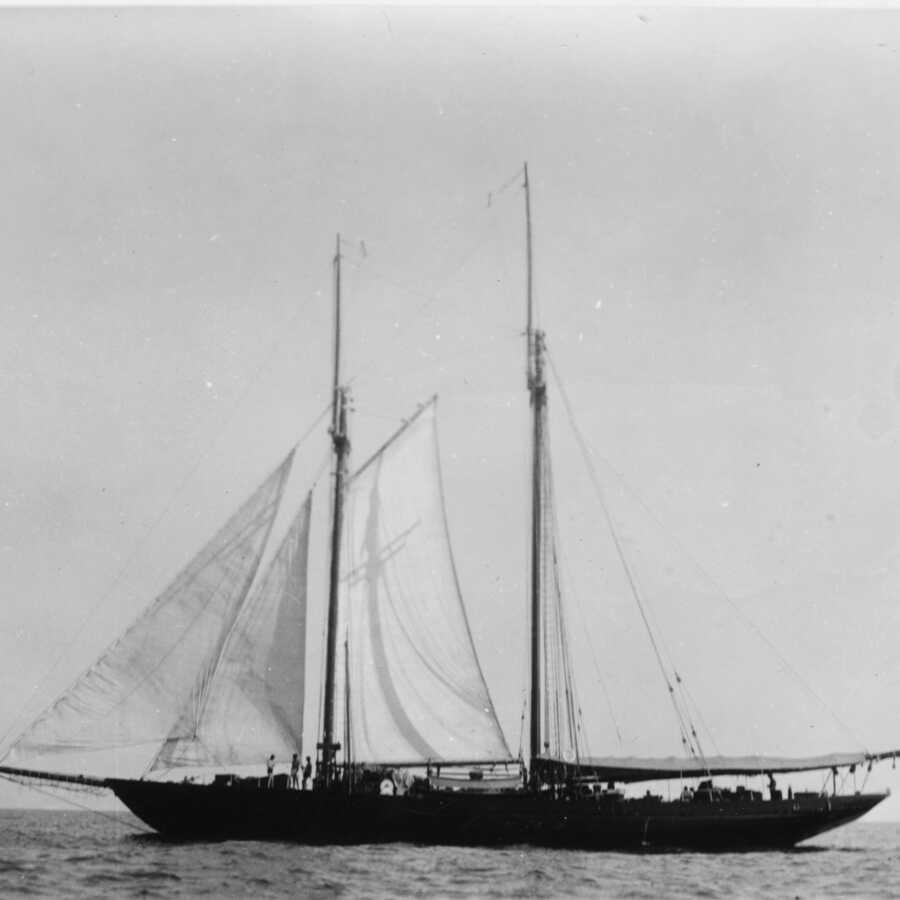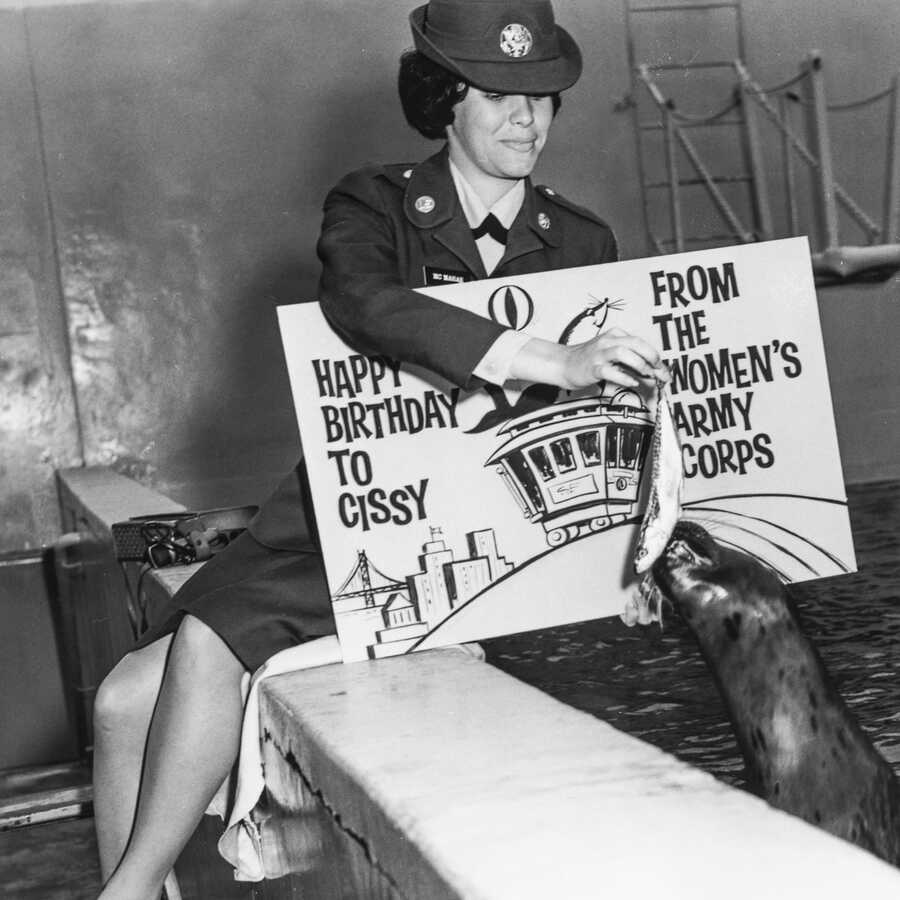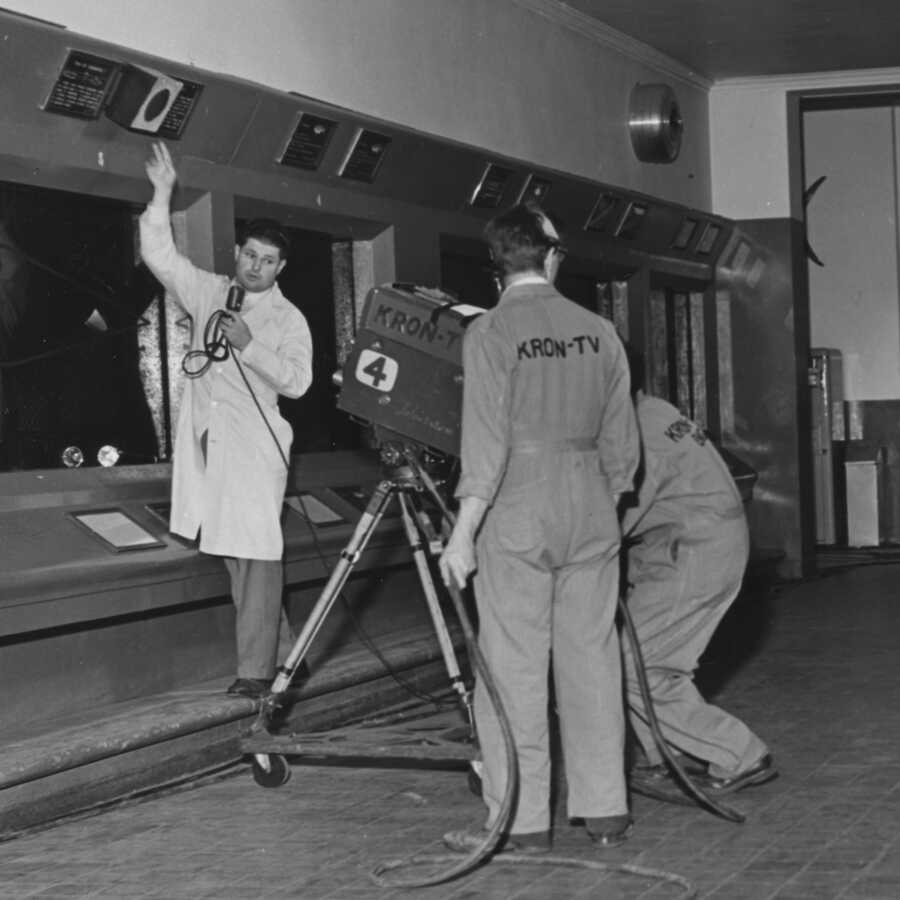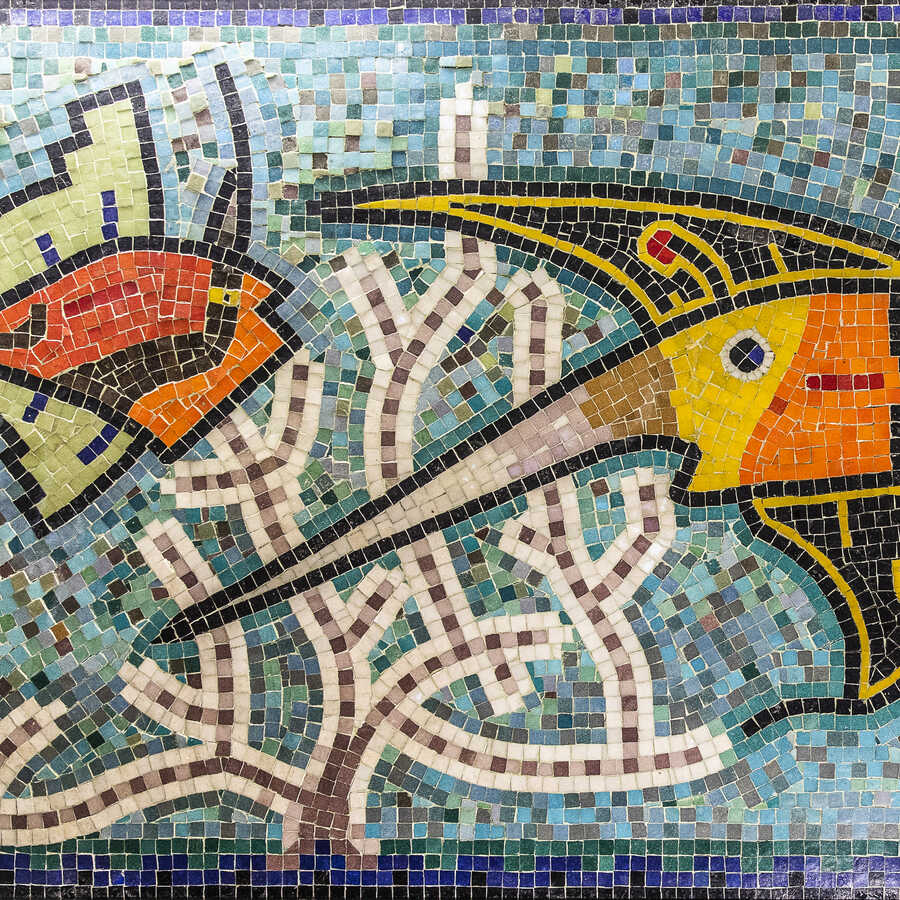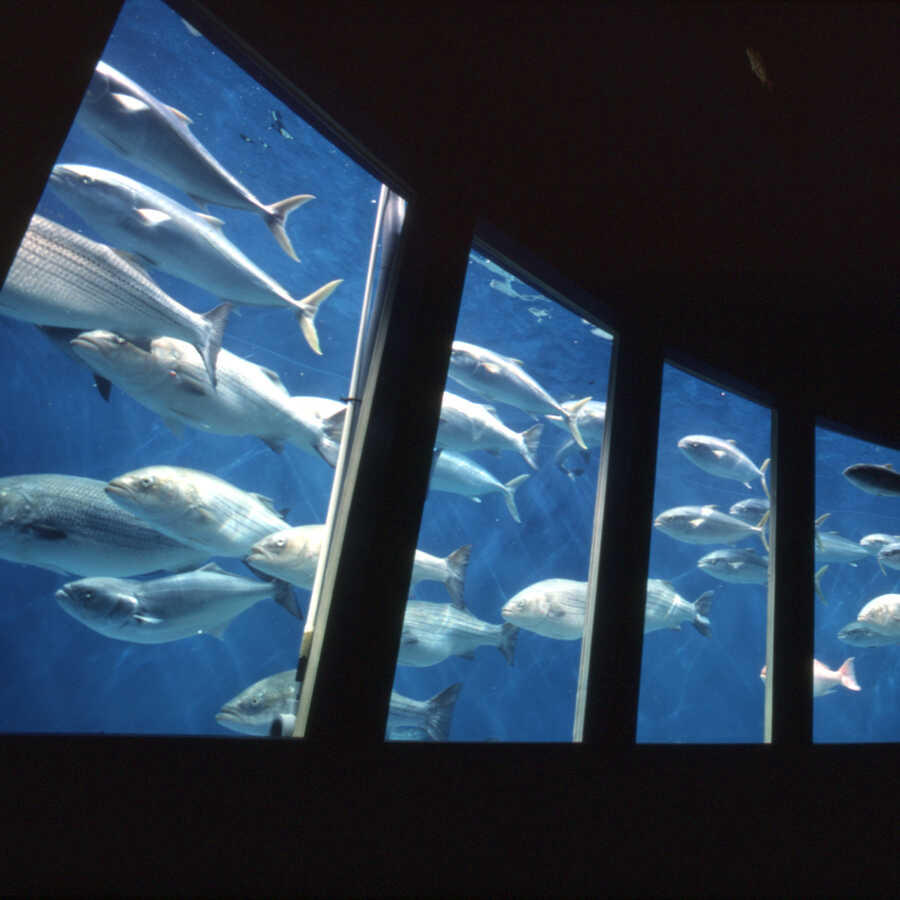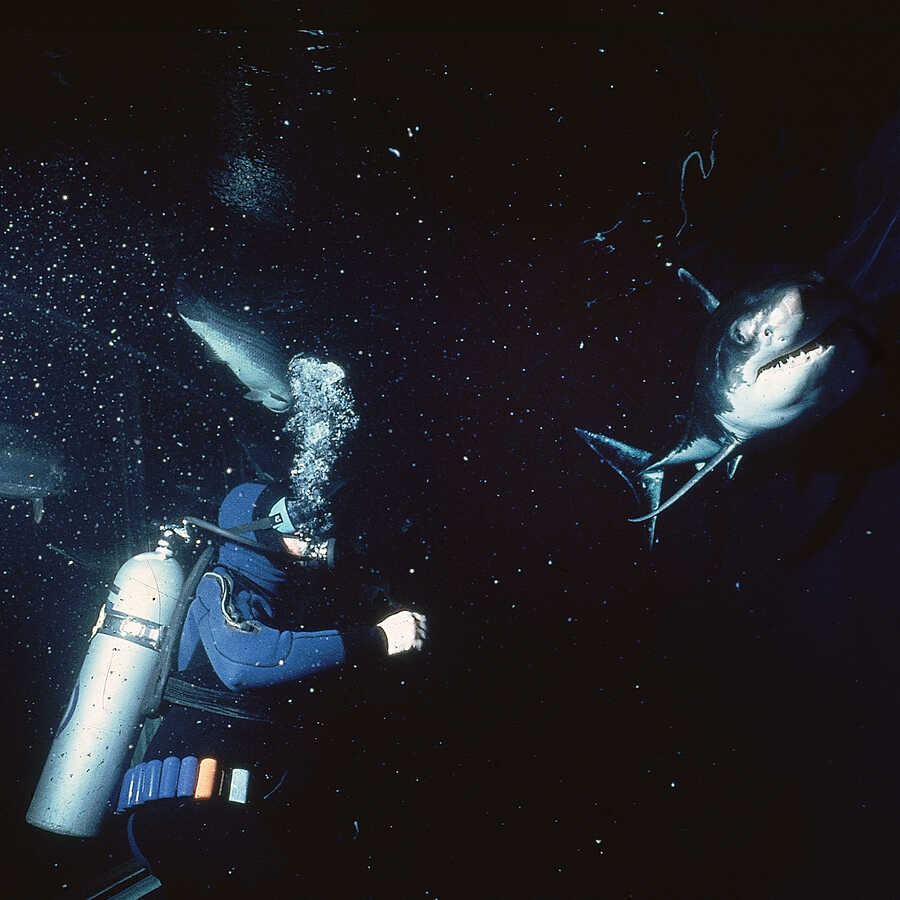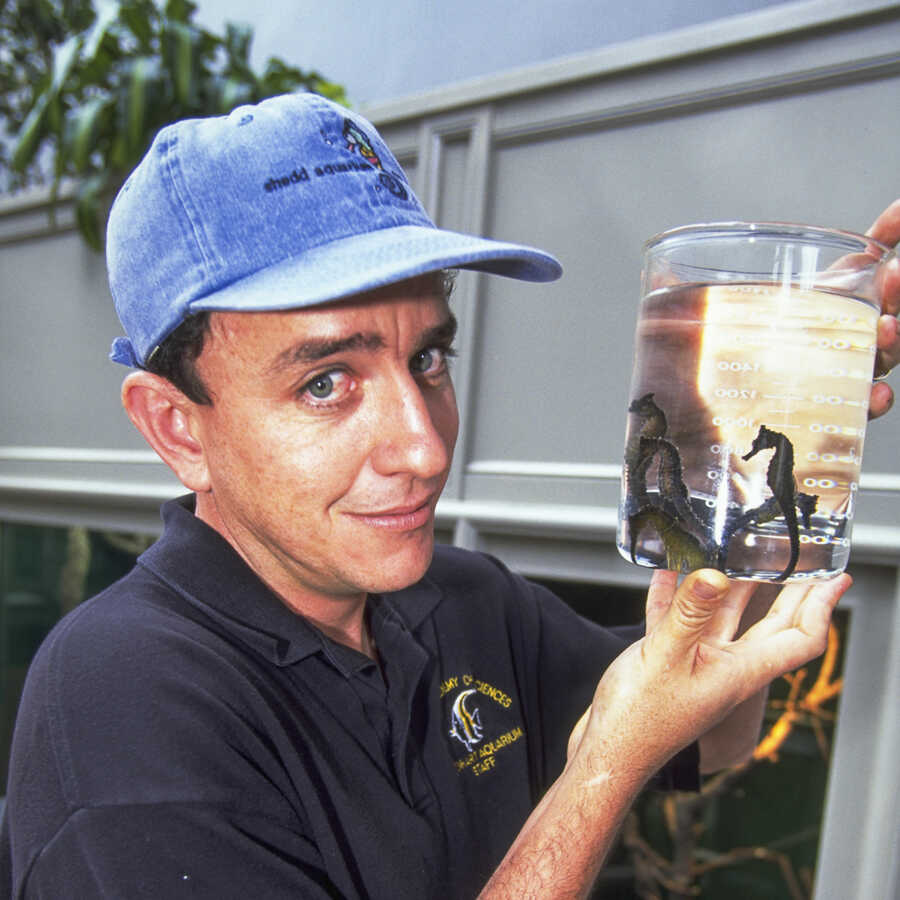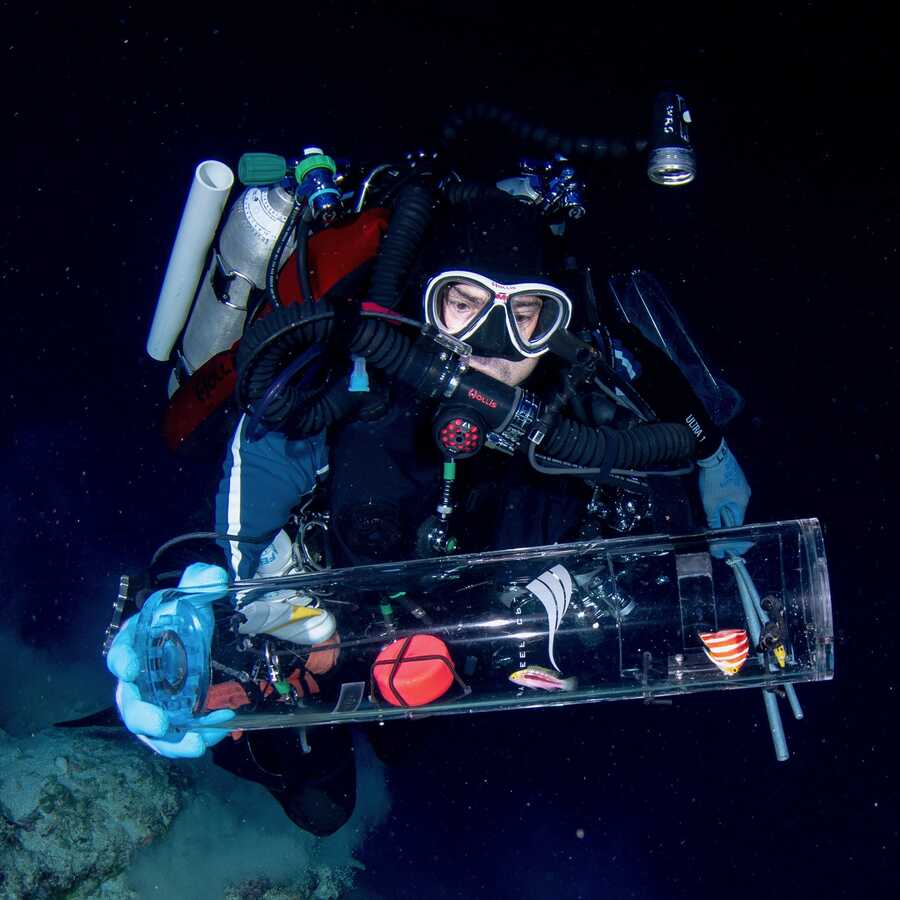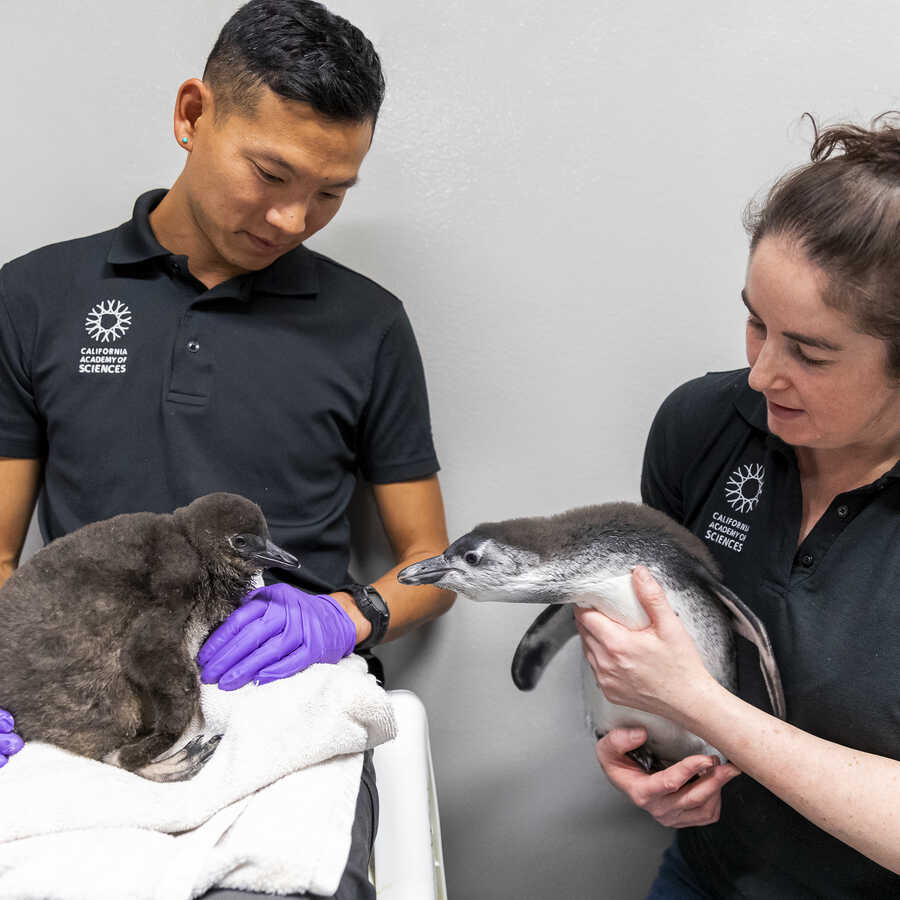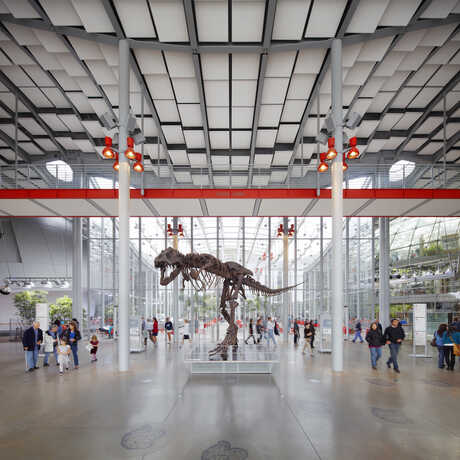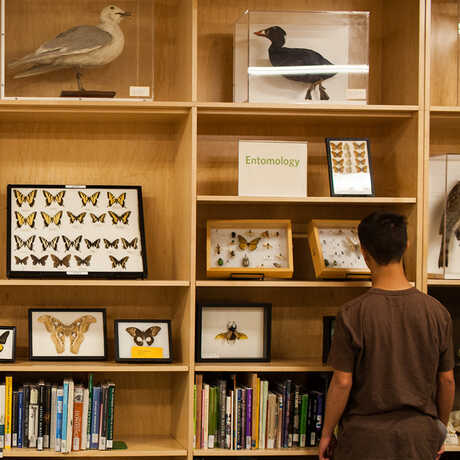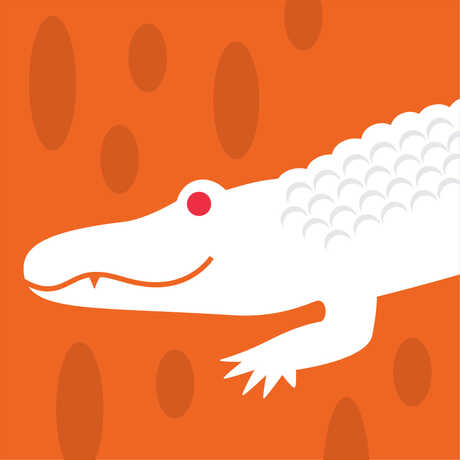
A Century of Steinhart Aquarium
On September 29, 1923, Steinhart Aquarium’s very first guests passed through its grand neoclassical entrance and into a never-before-seen undersea world.
Over the next 100 years, millions of museumgoers would marvel at creatures from every corner of the Earth—playful African penguins, kaleidoscopic coral reef fish, toothy, tranquil Claude—and grow their sense of wonder for our ocean planet. Meanwhile, on the other side of the tanks, Steinhart scientists would achieve numerous breakthroughs in animal care, exploration, and regeneration.
Today, Steinhart continues to shape the role that modern aquariums play in connecting people with aquatic and terrestrial biodiversity and protecting the planet we all share. As we begin our second century, we thank our diverse community—humans and animals alike—for being part of our first.
New! Check out our Steinhart Centennial YouTube playlist for 20+ short videos highlighting current and former staff and fascinating aquarium lore.
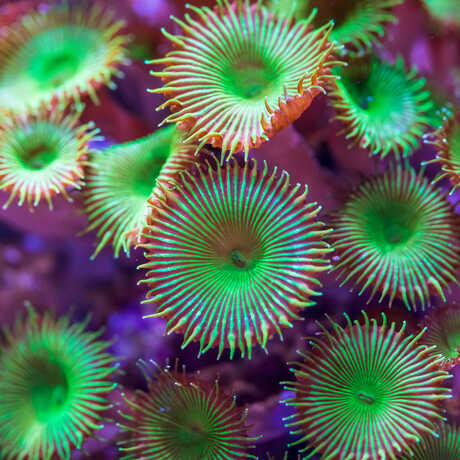
100 years of wonder
From a two-headed snake to four-eyed fish, the unusual has always been the norm at Steinhart. Home to nearly 60,000 live animals representing nearly 1,000 species, it is one of the most biodiverse aquariums on Earth, with thoughtfully designed habitats and immersive exhibits that have captivated generations of visitors.
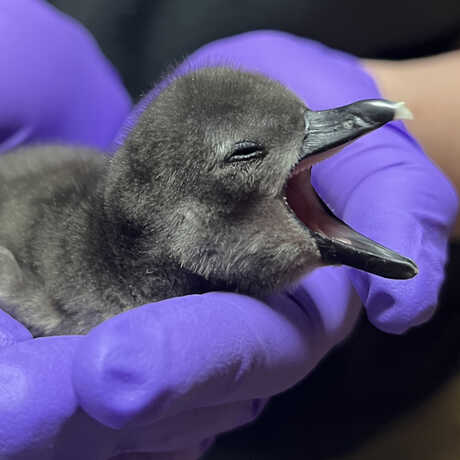
100 years of impact
To provide life-changing experiences inside the museum, we have to understand, protect, and regenerate the wild places and threatened biodiversity outside of it. For decades, Steinhart has championed Species Survival Plans (SSP) for endangered species like the African penguin, and supported community-led coral reef conservation programs in the Philippines, Curaçao, and more.

100 years of innovation
Steinhart's biologists and scientific divers have a track record of making waves—and history. Milestones are myriad (see the slideshow below), and include the first successful display and release of a great white shark, the first successful coral spawning in a US aquarium, and the first team to dive the mesophotic reefs of Roatán and the Maldives.
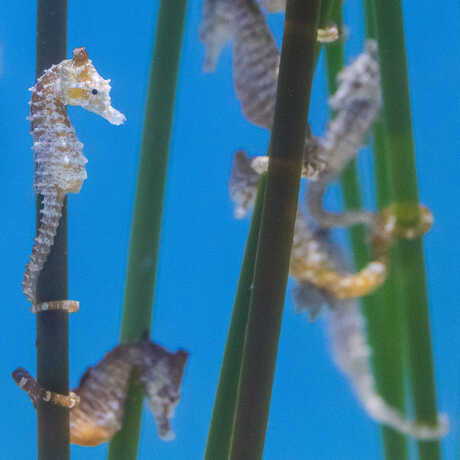
100 years of care
Our commitment to animal care, enrichment, and wellbeing is our priority and our passion. For more than 25 years, Steinhart Aquarium has earned accreditation by the Association of Zoos and Aquariums (AZA), a stamp of approval reserved for facilities that embody the very best in animal care and welfare, conservation, and education.

Bart Shepherd's new book is a vibrant collection of photos, stories, and artwork from Steinhart's first century. Pick up a copy at the Academy Store during your next visit!








